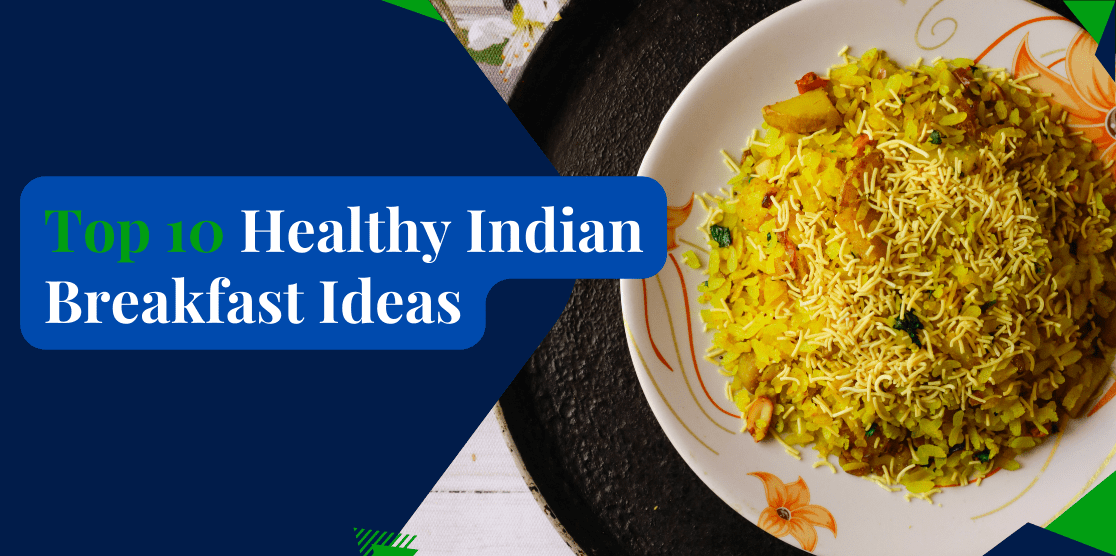
Top 10 healthy and Easy to Make Snack Options for Kids
Here’s a list of 10 healthy, quick, and easy snack options for kids that satisfy the cravings of your little ones while keeping them healthy. Hence, we have carefully laid out unique and innovative healthy snack choices for your little ones while keeping in mind the importance of essential nutrients for their growing bodies.
Mini Veggie Uttapams
Moong Dal Dhokla
Baked Veggie Cutlets
Mixed Sprouts Baked Samosa
Paneer Sesame Balls
Oats Egg Omelette
Broccoli Paratha
Roasted Peanut Poha
Oats Bhel
Ragi Upma
Mini Veggie Uttapams
The first choice on our list is mini veggie uttapams. As you are aware, uttapam is a highly nutritious dish that can keep your child full and energetic throughout the day. This healthy South Indian dish is made from fermented lentils or rice batter and is served with coconut chutney, or sambhar.
The pulses or lentils used in the batter will provide an adequate amount of protein and carbohydrates for the child’s meal. Topped with healthy vegetables, this dish will also provide fiber in your child’s diet.

Moong Dal Dhokla
The next snack choice for kids is moong dal dhokla. Dhokla is a famous, healthy Gujrati dish that is steamed during its preparation. Let us make it more healthy by preparing the dhokla batter from moong dal instead of following the conventional recipe. Moong dal is a rich source of zinc, iron, protein, and folic acid, making it a super healthy choice for kids and adults.
Furthermore, adding a dash of vegetables to the batter will increase the fiber content of the dish, increasing its nutritional value. You can serve the fresh moong dal dhoklas with mint chutney on the side.
Baked Veggie Cutlets
Vegetable cutlets are almost everyone’s favorite. A tasty vegetable cutlet, when baked and not deep fried, can be a healthy option for your child. Loaded with vegetables like peas, potatoes, carrots, and French beans, will be a nutritious and satisfying snack choice your child will most definitely enjoy. Serve the hot cutlets with a slice of brown bread and a mint chutney on side.
Mixed Sprouts Baked Samosa
As we all know, samosas are everyone’s all time favourite snack, be it for children or adults. The nutritious stuffing of mixed sprouts like moong, kaala chana, matki, etc. will add sufficient dietary nutrition to the children’s meal.
Mixed sprouts are loaded with essential nutrients like vitamin K, vitamin E, and the B complex and are also a rich source of fiber. Serve the fresh samosas to your kids immediately because, as they are baked, the dish may tend to get dry after a while.
Paneer Sesame Balls
This super rich protein snack can be a great hit among kids and adults. Paneer and sesame seeds both contain high levels of protein and calcium, which are extremely important for bone growth and enhanced muscle mass.
Paneer also contains essential fatty acids that promote metabolism and aid in overall health. This snack is extremely recommended for children who partake in daily physical activities or sports. Serve this snack with a side of tangy tomato or mint chutney to give it that extra zest.
Oats Egg Omelette
Oats Egg Omelette is another protein rich dish that can be made in a jiffy. Eggs are a great source of protein, that will give your child tremendous energy and keep them satiated for longer periods of time. By adding oatmeal to the omelette, you will further increase its nutritional value. As oats contain nutrients like fiber, vitamin B complex, etc. It is an ideal snack option for breakfast and can also be eaten during dinner or breakfast.
Broccoli Paratha
Parathas hold a special place in Indian households and are often the go to snack choice for mothers when it comes to their children. Let us increase the nutritional value of this snack by adding healthy broccoli to its filling. Brocolli is a rich source of antioxidants like vitamin C, which helps protect against harmful infections and strengthen the immune system. It is also loaded with fibre, keeping you satisfied for longer.
Serve this an evening snack or you can also give it to your children in school tiffin.
Roasted Peanut Poha
Poha is another popular snack in every Indian household and can be made in a matter of minutes. Roasted peanut poha is an ideal evening snack option that will offer adequate energy to the kids.
Poha is a great source of iron and carbohydrates that will keep your children’s energy levels up all day. By adding peanuts to the recipe, we have added protein and good fats to the dish. Making it a perfect, well balanced snack for your little loved ones.

Oats Bhel
If you are looking for the perfect evening time snack for yourself or your kids, oatmeal bhel could be an ideal choice. This simple dish can be made instantly by lightly sauteing the oatmeal in a pan and adding some freshly chopped onions, chilli, peanuts, etc and mixing them together.
Ragi Upma
Ragi upma is a healthier alternative as compared to regular semolina upma, as it has a higher nutritional value. Ragi is high in protein, iron, and vitamin B and is also gluten free, making it an absolutely healthy choice among kids and adults. It is best to serve ragi upma immediately, or else the upma may turn a little lumpy after some time.

Author Bio
This article is written by Team InsuranceLiya.com, an independent website that writes about insurance, finance, health, and more. Our writers have a wealth of knowledge, experience, and degrees in the fields of insurance, finance, economics, and beyond.
Experience the power of Artificial Intelligence (A.I)
Chat with our super-intelligent A.I model and ask it anything about insurance and related products.




























